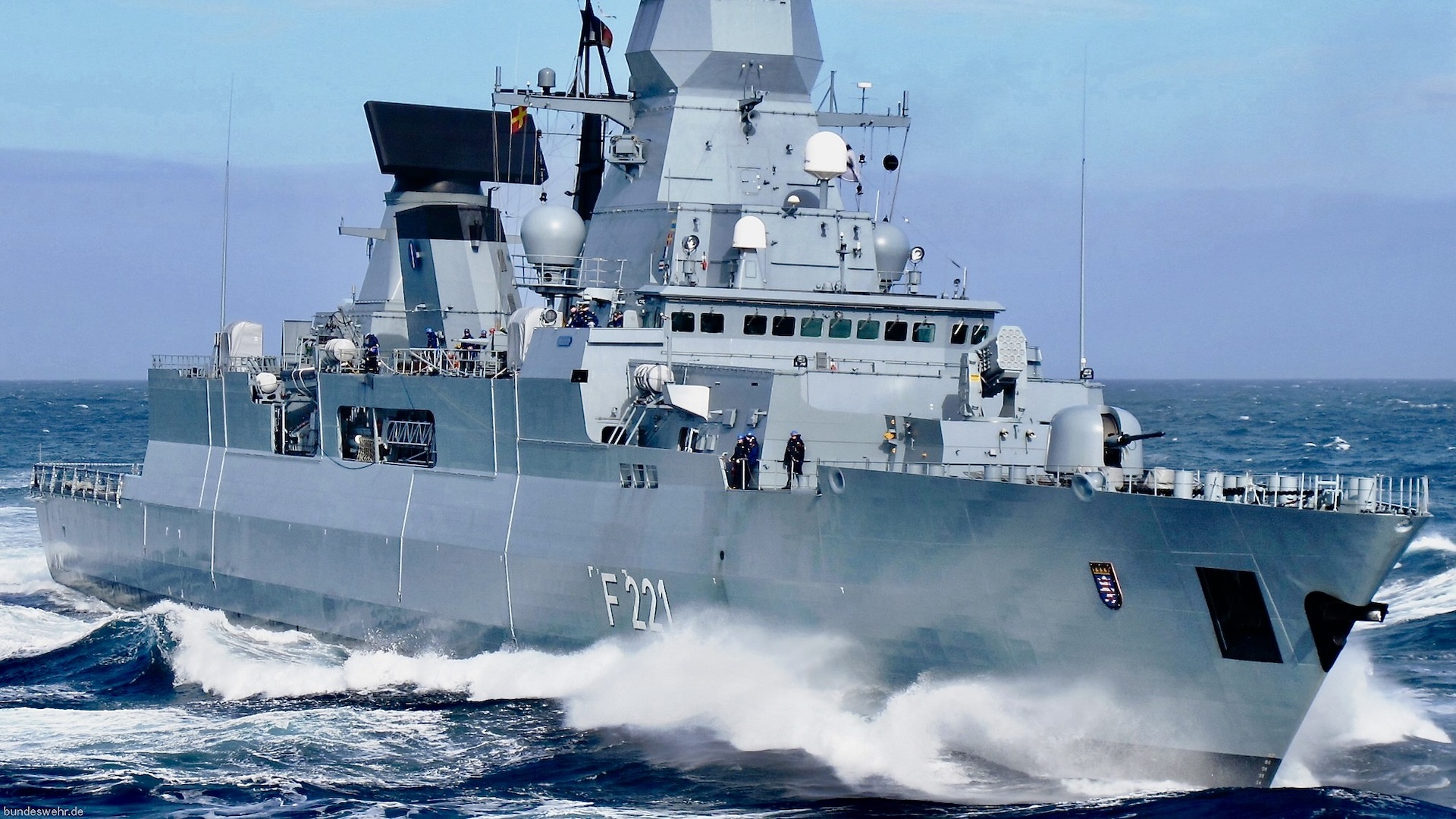The German Navy Type 124 Sachsen class frigate FGS Hessen has downed two Houthi drones at close range while operating in the Red Sea. In addition, the ship accidentally fired on an American MQ-9 Reaper drone while confused as to its identity.
This spate of action comes just a few days after the vessel arrived in the region, after departing Germany on February 8, to aid in the protection of international shipping in the vicinity in response to ongoing attacks by Iranian-backed Houthi rebels. Beyond the U.S. Navy, Germany’s is the third naval force to have downed some form of Houthi threat in recent weeks — the others being the U.K.’s Royal Navy and the French Navy.
The official account of Germany’s Joint Forces Operations Command confirmed on X that Hessen successfully shot down two drones late on Tuesday evening. “The frigate Hessen… picked up a drone this evening,” a machine translation of the posts’ caption reads. “The crew initiated defensive measures in accordance with the Rules of Engagement and successfully engaged the Unmanned Aerial Vehicle [UAV].”
“A short time later, a second drone approached the frigate ‘Hessen,'” it went on to say. “The crew again initiated defensive measures and also successfully fought the target. There were no injuries or damage to property on the frigate.” The two drones were brought down within 20 minutes of one another, German defense ministry spokesperson Michael Stempfle recently told reporters at a media conference, Reuters reports.
“This is… probably the most dangerous deployment of the German Navy for many, many years,” he said.
That the activities of Hessen were most likely connected with the downing of multiple Houthi drones on February 27 was indicated by U.S. Central Command yesterday evening. In a Red Sea update for February 27, CENTCOM noted that U.S. aircraft, and an unspecified “coalition warship,” had shot down “five Iranian-backed Houthi one-way attack (OWA) unmanned aerial vehicles (UAVs) in the Red Sea” between the “hours of 9:50 p.m. and 10:55 p.m. (Sanaa time).”
“CENTCOM forces identified these UAVs originating from Houthi-controlled areas of Yemen and determined they presented an imminent threat to merchant vessels and to the U.S. Navy and coalition ships in the region. These actions will protect freedom of navigation and make international waters safer and more secure for U.S. Navy and merchant vessels,” it also said.
Hessen intercepted the first drone using its 76mm deck gun, Stempfle said to reporters, while the second drone was shot down using a RIM-116 Rolling Airframe Missile. The two drones were supposedly “recognized by the radar system and had a different range… That’s why two different weapons were used.”
The use of both these systems indicates that the UAVs came remarkably close to Hessen. Drones have come close to allied ships operating in the region already, including one engagement by an American destroyer that was made using the ship’s Mk15 Phalanx Close-In Weapon System (CIWS). You can read more about that incident and its potential implications here.
However, the successful shootdown of the two drones was not the first live-use of weapons by Hessen against targets while operating in the Red Sea. On the evening of February 26, its crew attempted to shoot down an unknown drone after efforts to clarify its nature with U.S. forces were unsuccessful. Two Standard Missile 2 (SM-2) interceptors were fired at the target, “but that didn’t work,” Stempfle stated. It was subsequently understood that the unknown drone target in question was a U.S. MQ-9 Reaper which did not have the transponder for the friend-foe identification (IFF, Identification Friend-Foe) switched on.
According to reporting by Spiegel, both missiles failed due to technical problems during the friendly-fire incident. The MQ-9, it says, was assigned to a separate counter-terrorism operation.
MQ-9 Reapers are highly active over the region and are a key component of efforts to spot potential nefarious acts by Houthi fighters before they are completed. These include setting up drones and cruise and ballistic missiles for launch and the movements of small boats, including uncrewed types laden with explosives. The Houthis have managed to shoot down two MQ-9s since the current crisis began. MQ-9s are also highly active in the region for counter-terror, counter-piracy, and weapons interdiction efforts.
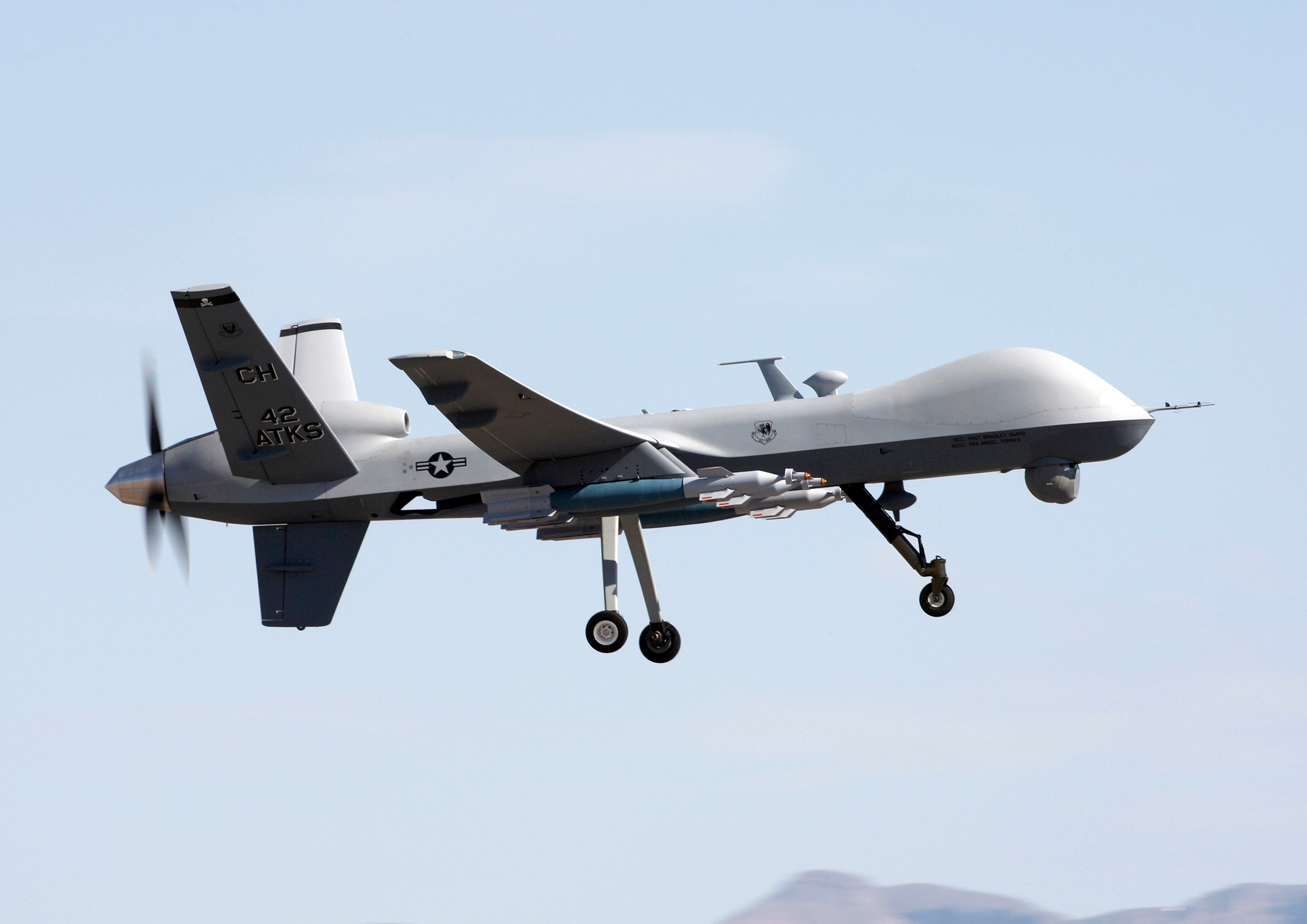
The accidental engagement of an MQ-9 is a reminder of just how complex the confined littoral battlespace is in the Southern Red Sea and Gulf of Aden. Timeframes to react to potential threats are compressed compared to ‘blue water’ operations and there are many types of threats being thrown at shipping, often simultaneously. Any sort of incident like this brings up bad memories of Iran Air Flight 655 which was mistakenly shot down over the Persian Gulf by an American cruiser back in 1988. The possibility of a major mistake to occur is elevated under such conditions, especially considering different task forces are not operating under a unified command, at least as far as we know.
Officially, Hessen is currently operating under the auspices of the recently formed Operation Aspides; a protective task force created by the European Union designed to help deal with the ongoing threats posed by Houthi rebels on commercial shipping in the Red Sea. Alongside Germany, Greece, France, and Italy have agreed to participate in Aspides.
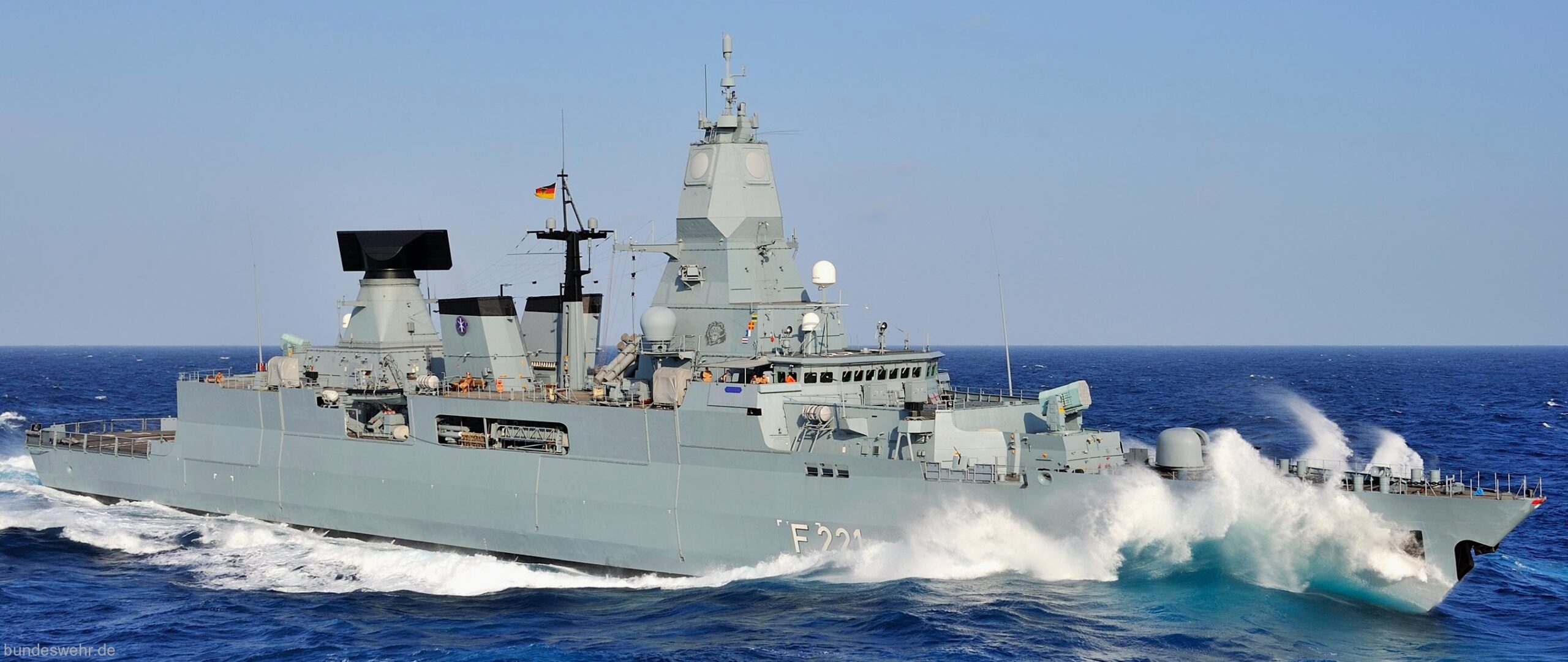
Aspides is the second international task force to be deployed to the region as of late, the first being the U.S.-led Operation Prosperity Guardian (OPG), which launched in December. Most notably, U.S. Navy and U.K. Royal Navy surface combatants have played a prominent role in attempting to degrade Houthi drones and missile capabilities as part of OPG. The U.S. Navy alone has reportedly fired around 100 Standard family surface-to-air missiles at Houthi missiles and drones launched from Yemen since last October. The U.S. is currently looking to expand the number of players involved in OPG, particularly in terms of Gulf partners.
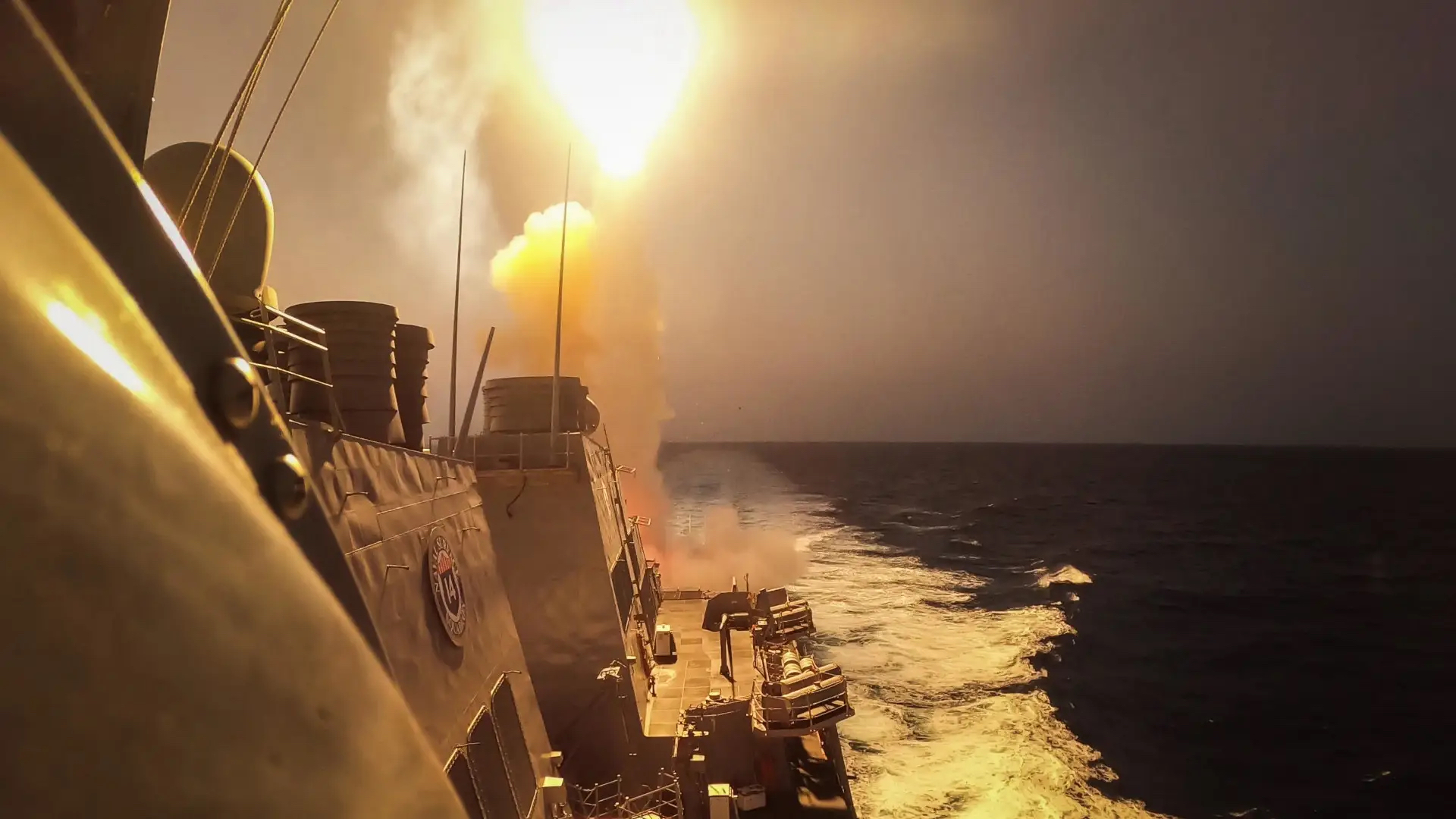
However, there have been tensions among some European navies with regard to operating under U.S. command. France for example, whose navy has downed multiple Houthi drones in the Red Sea, has said previously it would not operate under U.S. command. Strains of this sort, as we reported previously, may well have helped spur the creation of Aspides.
There have been growing signs that Germany intends to become more of an active military player internationally, specifically in regard to naval matters. But now that Hessen is firmly involved in the fight, it will be interesting to see exactly how it can contribute to efforts combating the ongoing threats from Houthi rebels, given the rate at which U.S. and U.K. destroyers have been firing surface-to-air missiles. As we reported recently, the Type 45 destroyer HMS Diamond, which has shot down multiple Houthi drones while spending months on patrol around the Bab el-Mandeb Strait, was recently rearmed in Gibraltar before heading back to the Red Sea.
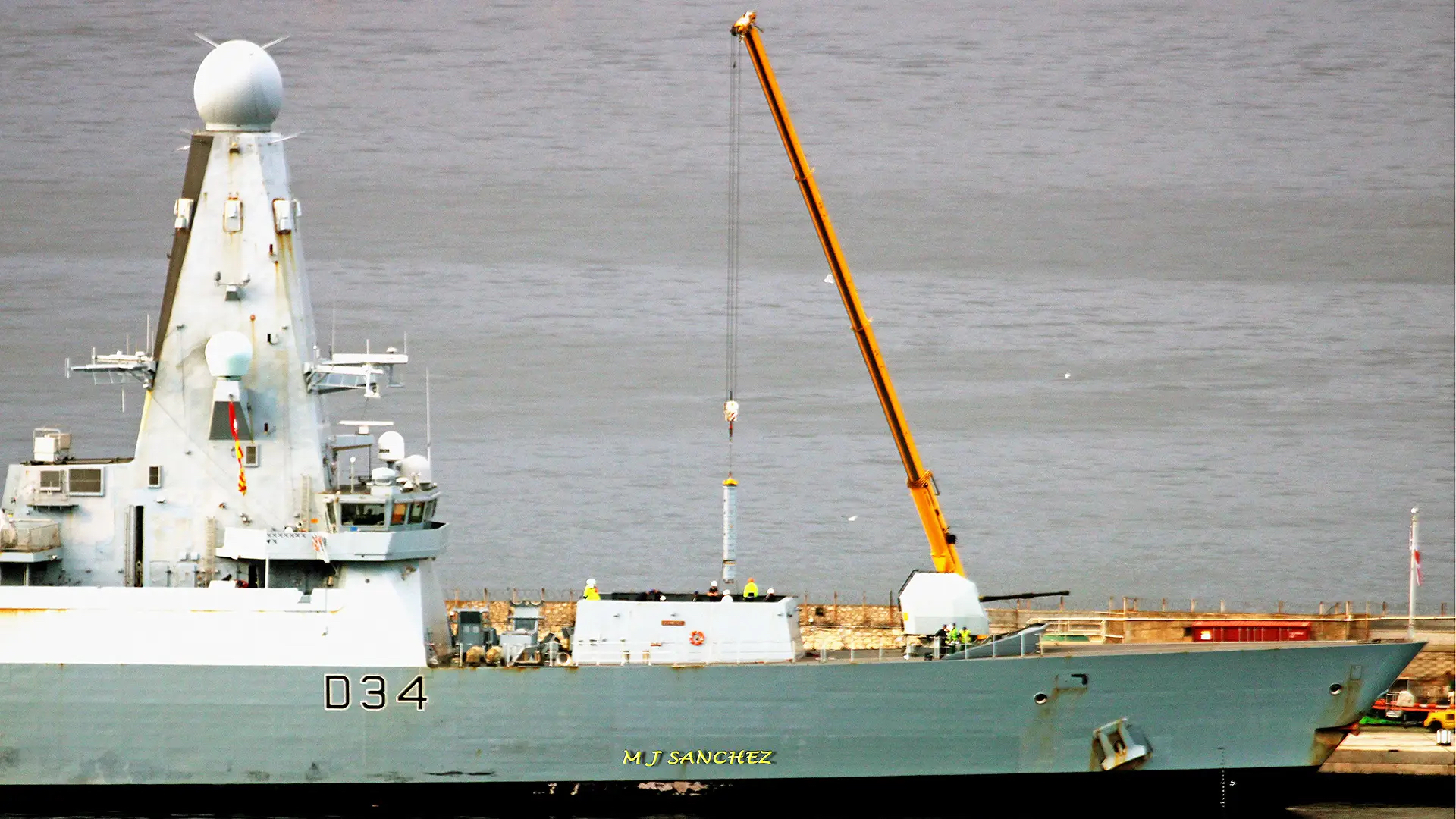
On top of this, concerns have been raised in Germany about Hessen‘s missile supplies. “We have only now found out upon request that some of the ammunition from the frigate ‘Hessen‘ can no longer be procured because there is no longer the corresponding industrial capacity,” Florian Hahn, defense policy spokesman for the Union parliamentary group in the German Bundestag, revealed today according to reports.
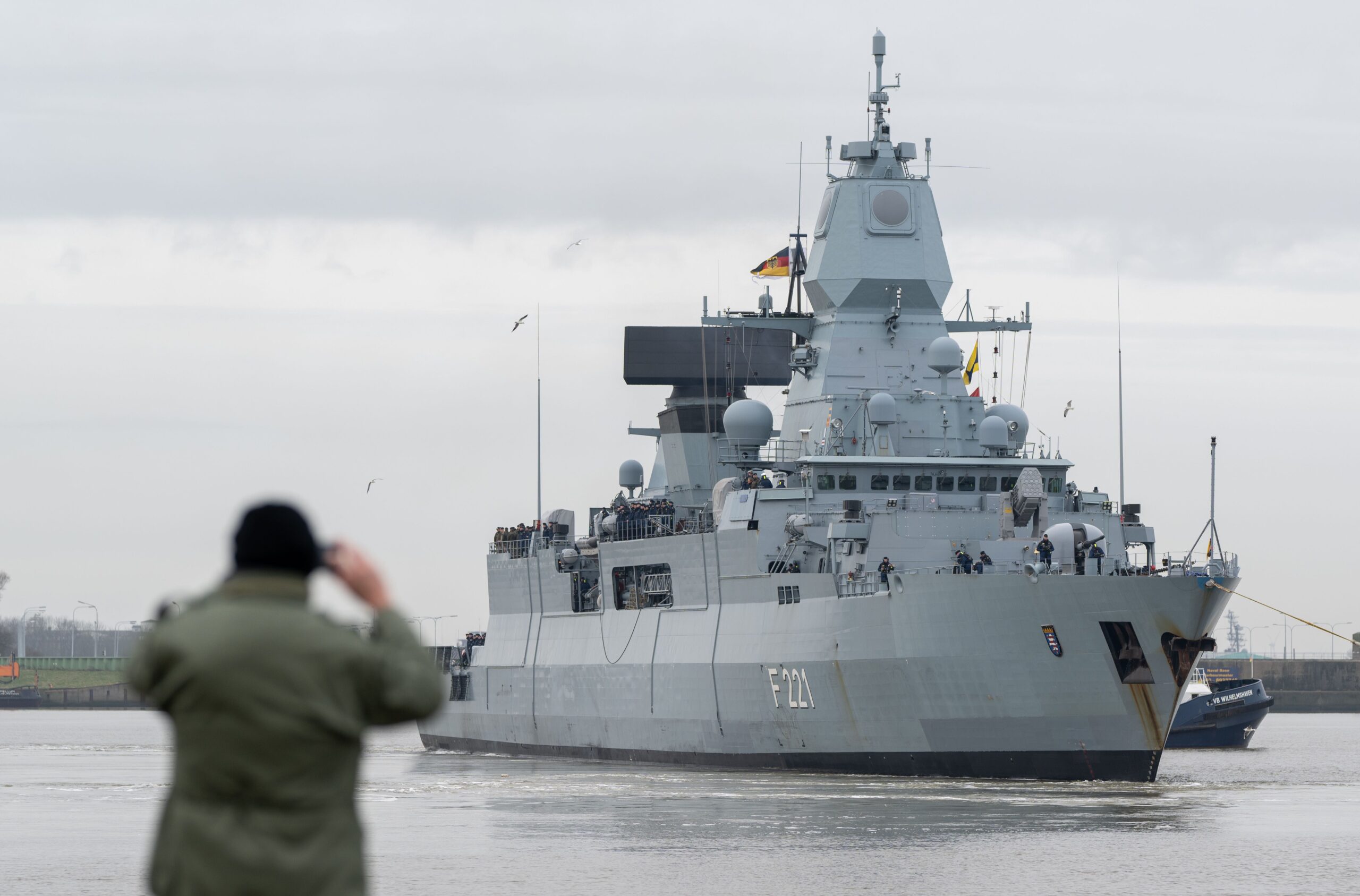
“So when the stocks are depleted, the Navy can no longer refill them — and has to withdraw the frigate… Parliament decided to deploy without knowing that there was obviously an ammunition problem with the class 124 frigate.”
Contact the author: oliver@thewarzone.com
